For this guide, we will assume that all the preparation work has been completed for the installation. If you've missed them, you can read our How To Lay Artificial Grass guide.
Tools Required for Joining Artificial Grass:
- Sharp knife and spare blades
- Artificial grass pins
- Hammer
- Knee pad
- Sealant Gun
- Serrated trowel
- Adhesive
- Joining Tape
- An extra pair of hands (not essential)
Our 5 Steps to Joining/Seaming Your Artificial Grass:
- Laying out
- Cutting
- Placing
- Glueing
- Tidying & Admiring
1. Laying out
Roll out the grass, as per our artificial grass installation guide. Ideally, this will be done in advance - the day before is great, but even a couple of hours beforehand will help the artificial grass relax and creases settle.
Roll your artificial grass out, remembering to have the pile running in the preferred direction. As a rule, you want to be looking into the pile of grass. It is crucial at this stage to make sure both pieces are running in the same direction.
2. Cutting
Once the artificial grass has been rolled out, fold it back about 300-400mm. If you are working alone, it can be useful to temporarily pin the grass back. You may notice a selvaged edge on each part running the length of the artificial grass - this is normal. Manufacturers add this to help prevent creases in transportation.
To ensure a neat tidy edge, count inwards 3-4 stitch lines. From that point, cut between the stitch lines, being careful not to cut across them. It is really important to use a sharp blade and try to stay even between the stitch lines. Repeat this process on the second piece of grass.
3. Placing
Before you apply the adhesive, bring the cuts together and ensure you are happy with the join – check that you can knit it together evenly and that it is neat across the whole length of your grass. Now you’re ready to join.
Pull the grass back and roll the seam tape out from end to end. The green shiny side should face the ground, with the non-shiny side facing up. If you’re alone, it may be useful to pin the tape temporarily at each end.
4. Glueing
Using either artificial grass adhesive tubes (e.g. Envirostik Aquabond; 1 tube will cover 2-3 linear meters), or a two-part adhesive mix such as Envirostik Wet-Fix, spread the adhesive out across the surface of the tape.Use the serrated trowel to ensure even coverage across the joint tape.
(At this stage, an extra pair of hands can be useful.) Next, fold the grass back onto the seam tape, ensuring placement is centred on the tape, and press it firmly into the adhesive. Repeat with the second part. Ensure that you have pulled the grasses tightly together and there are no gaps along your join. Be careful not to get any adhesive on the artificial grass blades as it is extremely sticky and very difficult to remove.
Now the two parts have been glued down, apply pressure along the full length of the seam to ensure good contact.
Optionally, you can now also pin along both sides of the tape, not essential but often contractors will do this as a matter of good practice.
5. Tidy Up & Admire
Once the joint is complete, simply tidy up all the cuttings and allow the adhesive to set.
Follow the manufacturer's guidelines on adhesive curing times.
Stand back and admire your handy work!









